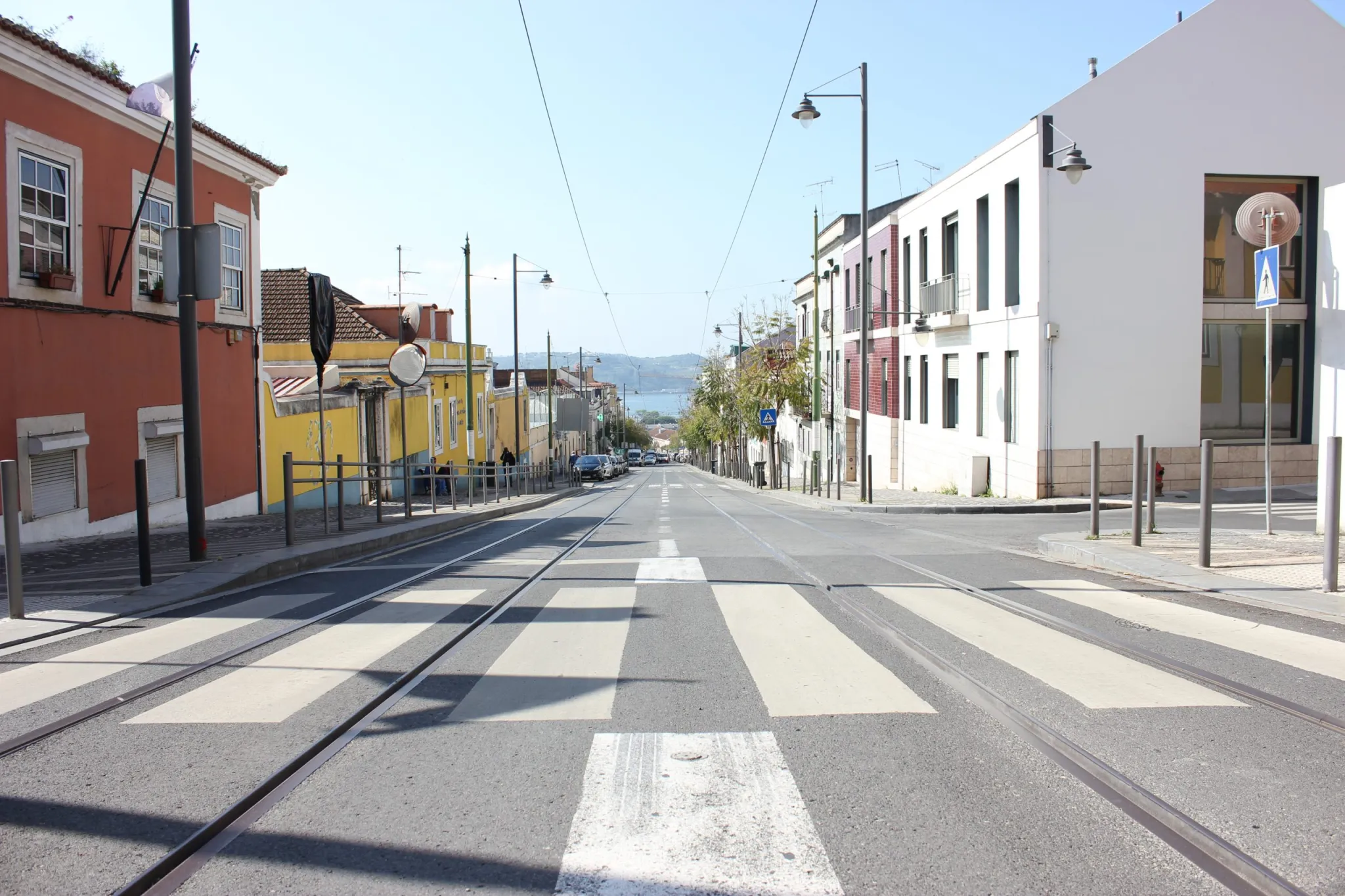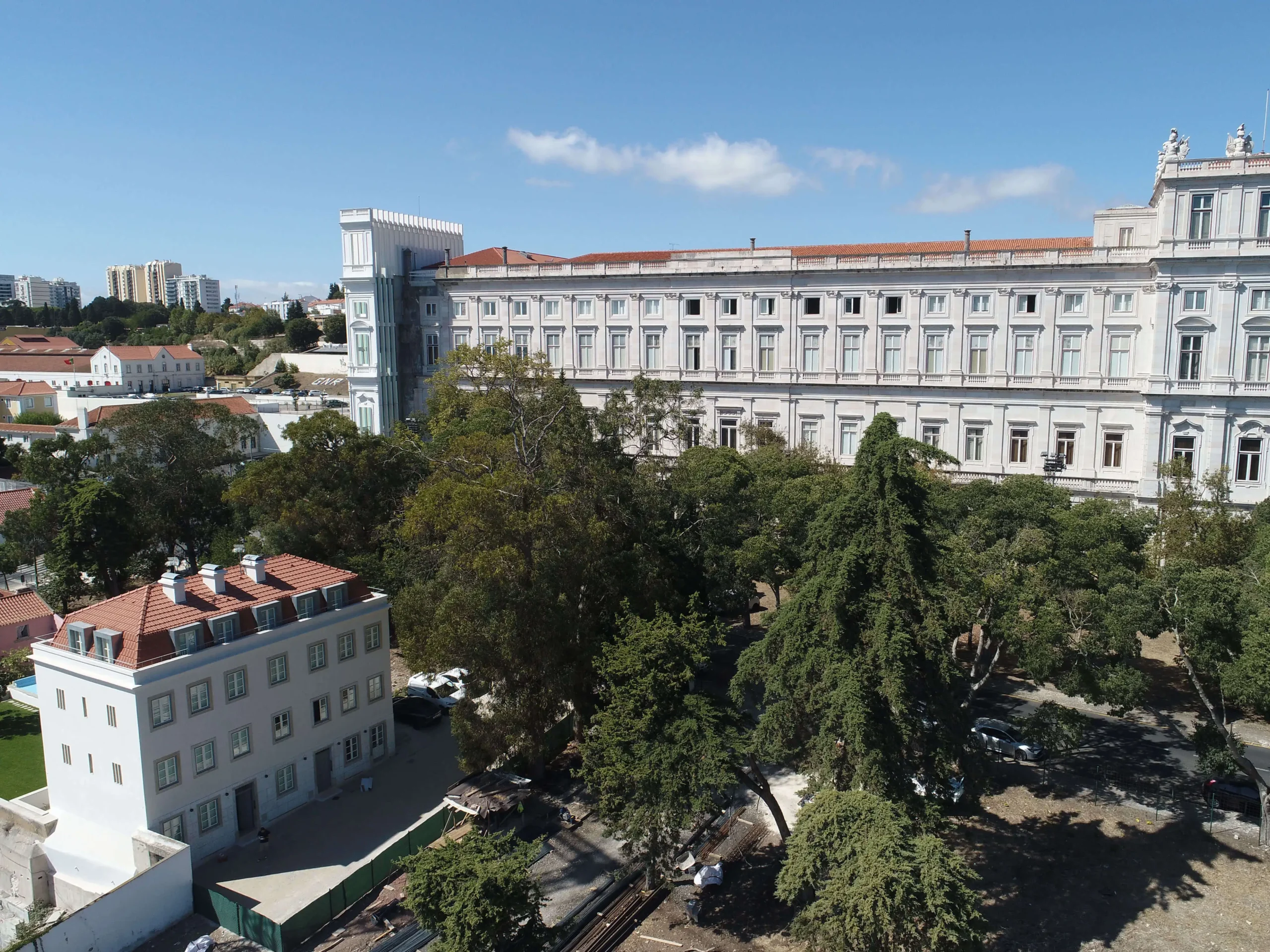

Discover Lisbon staying in our apartments
Explore Bairro da Ajuda: Lisbon’s charming neighborhood where you can enjoy a peaceful and relaxing vacation
In the center and at the highest point, the Ajuda National Palace was built, around which the entire neighborhood extends in an up and down street, some of which are narrow and inclined. An authentic labyrinth of streets that is worth exploring. The Ajuda neighborhood is a very typical area of the city, still reminiscent of an old Lisbon, where many typically Lisbon families still live. Even so, the Ajuda neighborhood ends up being a very quiet area, very close to the hustle and bustle of the center and downtown Lisbon.
The Ajuda neighborhood also has some points of tourist interest such as the Botanical Garden, which brings together more than 5000 species of plants and a superb view over the city and the Tagus River.
Another must-visit spot is Tapada da Ajuda. Tapada da Ajuda is an extensive botanical park that includes an agricultural studies university (one of the largest agricultural science institutes in the country), as well as a botanical reserve internationally recognized for its wild olive forest.
Book your stay with us today and experience the best of what Lisbon has to offer
Lisbon Prime Apartments

Ajuda National Palace
Ajuda National Palace, was once a former royal palace and national monument that is now a magnificent museum to visit (Royal Treasury Museum). This majestic monument that is located next to the Ajuda Palace Inn tourist apartment complex.
The National Palace of Ajuda is an important historical reference that reflects the greatness of Portugal. Its neoclassical architecture, built in the 19th century, is a testament to the splendor of the Portuguese monarchy. This palace houses valuable collections of art, furniture and real objects, which elocuently narrate the country’s history.
share us on social media!
